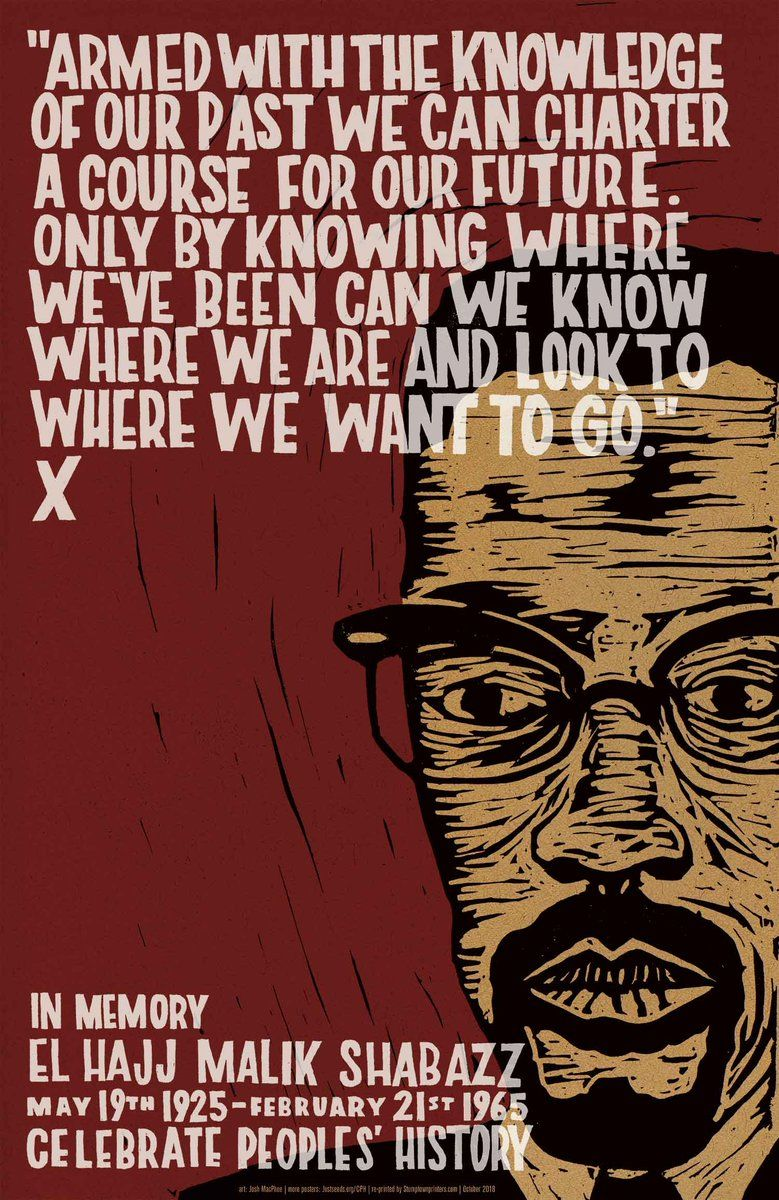BUILDING A PEACE AND JUSTICE MOVEMENT
IN THE NEW AGE OF EMPIRE
By Harry Targ
April 16, 2003
In the aftermath of the February 15 massive worldwide mobilization against US war in Iraq, activists aptly borrowed the metaphor of the “two superpowers” from New York Times reporter Patrick Tyler. One superpower was United States imperialism: the other, the power of the people.
While the two superpower thesis remains appropriate today, we need to develop its content and ground the contesting powers in their material realities. First, we need to clarify the connections between U.S. capitalism, global conquest, and visions of empire. Second, we need to discern whether the imperial superpower is homogeneous or riddled with factional disagreements that can be used for our purposes. For example, we need to discover where multinational corporations and international financiers stand, whether the oil and/or military industries are driving the doctrine of preemption, and which, if any, sectors of the ruling class regard unilateralism, globalism, and militarism as a threat to global trade, production, investment and speculation.
As to the anti-imperial superpower, we must understand it to consist of nations, masses of workers all across the face of the globe, and representatives of a large range of religious, labor, women's, environmental and other groups from civil society. Nations are part of the bloc because of the momentous mass mobilizations of their citizens to say no to war. It was extraordinary to see poor and vulnerable countries such as Cameroons or Angola, and traditional subordinates of the United States, Chile and Mexico, reject US pressure to support war in the United Nations Security Council.
Most importantly, the second superpower is represented by what was perhaps the largest global protest in human history. All indications are that with the launching of war in March, the steadfast opposition has grown in size and militancy.
In the United States protests have occurred in hundreds of cities and towns; city councils in over 160 cities have passed resolutions against war; and every church denomination but the Southern Baptists have said "no" to war. It is true that when war started the "rally round the flag" phenomena kicked in: 70 percent of the people supported President Bush's action. However, just before the war started about half of the U.S. people supported giving the weapons inspectors more time to do their job. Furthermore, support for the war has been more likely among those who believe that there was a connection between Iraq and the 9/11 terrorist attacks on U.S. targets. Party differences are stark in reference to war: Republicans support the Bush war on Iraq about 20 to 30 percent more than Democrats. Finally, people are scared. They are scared of terrorism, of job loss, of economic depression, of devalued pensions. Some worry about being arrested for conduct defined as criminal by the Patriot Act. In fact, currently we live in a culture that promotes fear.
What can be done to nourish and expand the movement for peace and justice? A consensus seems to be emerging in the peace movement that over the next several months, perhaps years, grassroots organizing-networking across neighborhoods, churches, union locals, and civic groups-will be central. In the U.S. one-third to 40 percent of the population probably supports war and the Bush foreign policy agenda. Perhaps one-third are inalterably opposed. This leaves another third undecided, confused, or marginally supportive of the war on Iraq. The target of grassroots work must be to bring the undecided people into the peace and justice camp. Perhaps what will drive them into the anti-war camp will be fiscal crises at state and local levels, economic stagnation and job loss, the dismantling of our meager health care system, the continued marginalization of public schools, and crumbling infrastructure all around nation. People should be reminded of the fact that while economic crisis grows by the days and weeks, the administration increases defense spending to a record $400 billion and plans to cut taxes on the rich.
Over the next 18 months, this grassroots mobilization must also confront people with the realities of electoral democracy. While President Bush was not really elected president in 2000, he could be elected in 2004. Peace movement goals must include regime change in Washington.
Finally, mass mobilization must be animated by the vision of vibrant international institutions that could represent the "peoples” interests. The United Nations, usually a reflection of the distribution of power in the world, can be made to represent the people of the world. Particularly, the UN General Assembly, where all nations have only one vote, can be made viable as it was in the 1960s and 1970s when the U.S. and the Soviet Union were competing for the "hearts and minds" of the newly independent nations. Also the peace movement should direct its solidarity to the Group of 77, the movement of non-aligned nations who seek social and economic development in a world at peace. During various periods in its history, the Group of 77 has stood up against the forces of global capitalism. The peace movement should stand with the Group of 77 today.
In sum, these are the best of times and the worst of times. We have built a worldwide peace movement of historic proportions. However, Iraq was bombed to destruction. The Bush/Cheney/Rumsfeld neoconservative wing of the ruling class wants to bomb some more (maybe Iran, or Syria, or North Korea or even Cuba). Our task is to stop the next war. This will take grassroots organizing, building global solidarity, and mobilizing for peoples' power in the United Nations. This may be our last chance to build a peaceful and just world.




